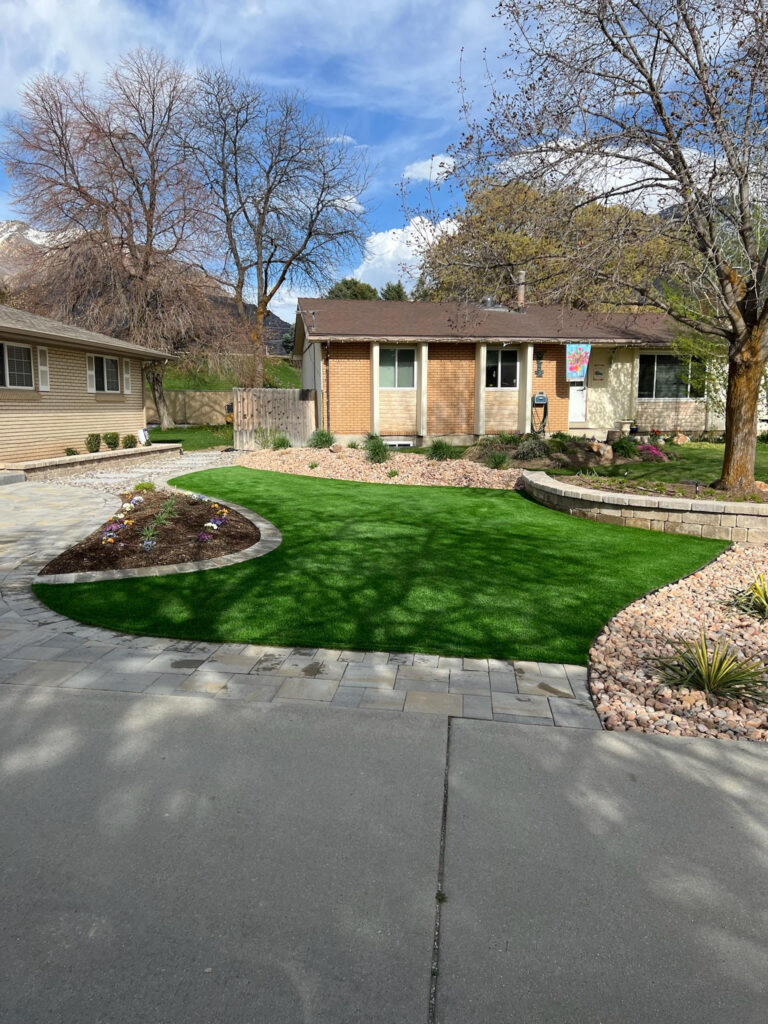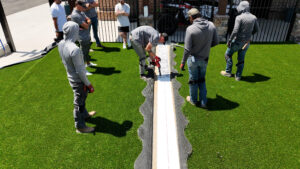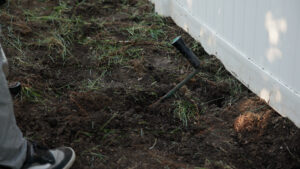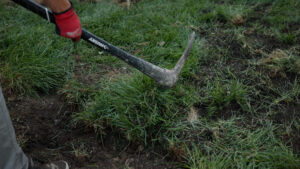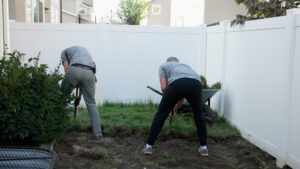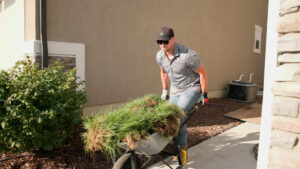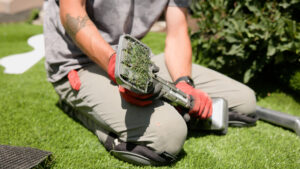Artificial turf has revolutionized landscaping across Utah and Idaho, offering homeowners and businesses a low-maintenance alternative to natural grass that stays green year-round. However, “low-maintenance” doesn’t mean “no-maintenance.” Understanding proper artificial turf maintenance ensures your investment delivers maximum value and longevity, especially in the challenging climate conditions found throughout the Mountain West.
How Utah and Idaho Weather Affects Artificial Turf
The unique climate of Utah and Idaho presents distinct challenges for turf care. With temperature swings from sub-zero winters to scorching summers exceeding 100°F, plus intense UV exposure at higher elevations, artificial grass faces significant environmental stresses. Snow accumulation, ice formation, and dramatic freeze-thaw cycles test the durability of even the highest-quality installations.
Unlike natural grass that goes dormant, artificial turf maintains its appearance year-round, but this consistency requires strategic artificial turf maintenance to combat weather-related wear. The good news? Proper seasonal care is straightforward and far less demanding than maintaining natural lawn alternatives.
Winter Care: Snow, Ice, and Freezing Temps
Does artificial turf freeze in winter? While the synthetic fibers themselves don’t freeze like natural grass blades, the backing and infill materials can become rigid in extreme cold. This temporary stiffening is normal and doesn’t indicate damage.
Snow removal requires gentle techniques to protect your investment:
- Use plastic shovels or leaf blowers instead of metal tools that could tear or puncture the turf surface
- For light snow accumulation, allow natural melting when possible
- When shoveling is necessary, work in the direction of grass fibers rather than against them
- Remove snow promptly to prevent excessive weight buildup on the turf backing
Ice management strategies:
- Never use rock salt or harsh de-icing chemicals that can damage backing materials and discolor fibers
- Apply sand for traction or use pet-safe ice melts sparingly when needed
- Allow most ice to melt naturally – artificial turf drainage systems handle runoff effectively
- Avoid walking on frozen turf when fibers are brittle from extreme cold
Summer Maintenance: Preventing Heat Damage and Wear
Summer brings intense heat and UV exposure that can stress artificial turf systems. While quality artificial turf grass maintenance includes UV-resistant materials, extreme temperatures still require attention.
Heat management strategies include:
- Rinse turf surfaces during peak heat hours to reduce temperatures and remove dust accumulation – this simple step can drop surface temperatures by 30-40 degrees
- Schedule heavy use during cooler morning or evening hours when possible
- Install shade structures over high-use areas if excessive heat becomes problematic
- Monitor surface temperatures before allowing children or pets onto the turf during extreme heat days
Preventing summer wear and damage:
- Watch for excessive wear patterns in high-traffic areas from concentrated summer activities
- Brush worn areas periodically to redistribute infill materials and restore proper fiber positioning
- Address any drainage issues promptly, as summer storms can overwhelm compromised systems
- Keep turf clean of organic debris that decomposes faster in heat and creates odor issues
Year-Round Cleaning and Care for Artificial Grass
Consistent artificial turf grass maintenance throughout all seasons ensures optimal performance and appearance. Monthly deep cleaning removes organic debris that could harbor bacteria or create odors. Use a stiff brush or power broom to lift matted fibers and redistribute infill materials.
Essential year-round practices include:
- Remove debris regularly to prevent drainage issues and maintain appearance – clear leaves, pine needles, and organic matter promptly using a leaf blower or plastic rake
- For pet owners, ensure immediate waste removal and schedule periodic antimicrobial treatments to keep surfaces sanitary
- Schedule quarterly professional inspections to identify potential issues before they become costly problems
- Utilize professional turf grass maintenance services to spot drainage problems, seam separations, or infill displacement that might escape casual observation
The Bottom Line on Artificial Turf Care
Proper turf maintenance delivers exceptional returns on investment. While artificial grass requires some seasonal attention, the time commitment pales compared to traditional lawn care. No weekly mowing, fertilizing, or pest control means more time enjoying your outdoor space rather than maintaining it.
Elite Turf Supply understands that successful installations begin with quality materials and proper maintenance knowledge. Whether you’re planning a new installation or optimizing existing artificial turf, seasonal care ensures your investment provides years of reliable, attractive performance across Utah and Idaho’s challenging climate conditions.
If you have questions or want to learn more, please feel free to reach out–we love talking turf!

